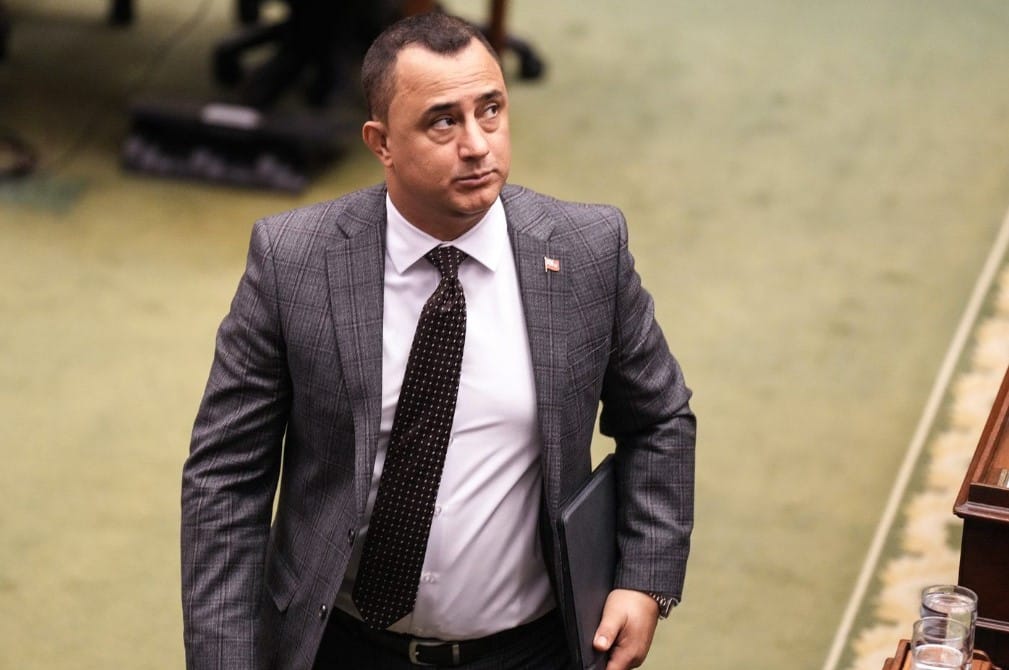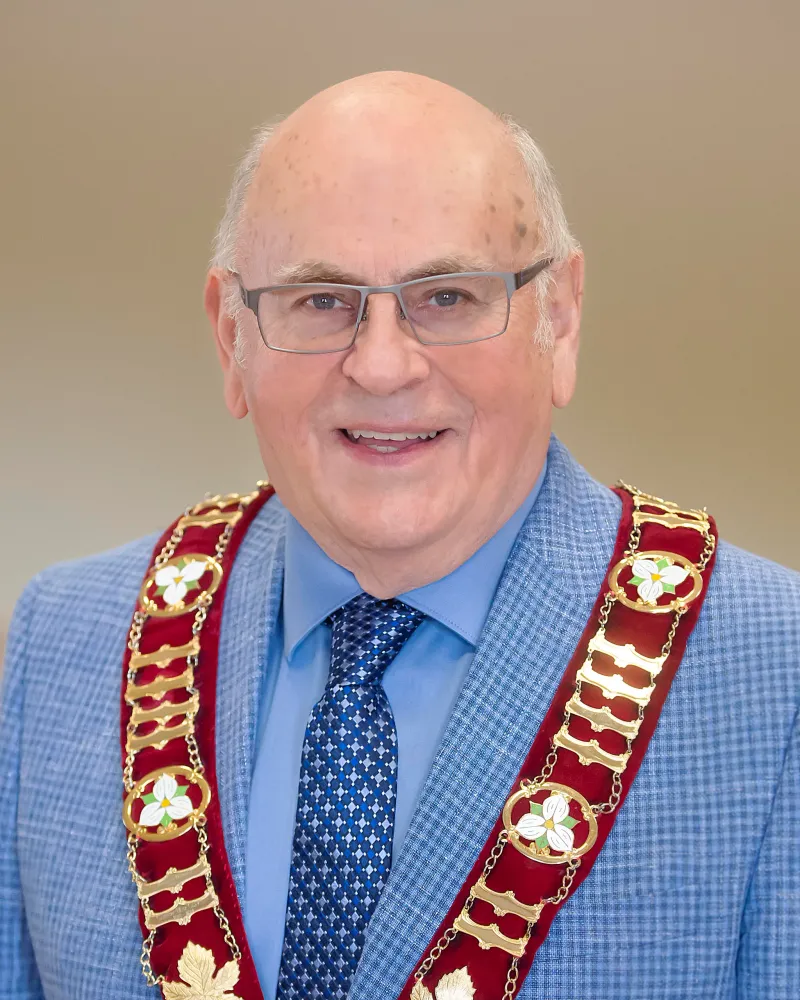Enrolment in Ontario's autism programs is down in certain weeks despite a long waitlist: documents
Over the past year, enrollment and funding for core services, such as applied behavior analysis and speech-language pathology, have slowed significantly.

Ontario's progress in providing government-funded core therapy for children with autism has markedly slowed, leading to a decrease in the number of children enrolled despite a growing waitlist, according to documents obtained by The Canadian Press.
Current updates on the Ontario Autism Program reveal a widening gap between the number of children seeking services — 73,031 as of late June — and those receiving funding for essential therapies, which was 14,113 at that time.
Over the past year, enrollment and funding for core services, such as applied behavior analysis and speech-language pathology, have slowed significantly.
Documents acquired through a freedom-of-information request indicate that, in some weeks, the number of children served has actually decreased.
For instance, from May 29 to June 12, there was a drop of 70 in the number of children with active funding agreements, while 491 more children were added to the waiting list.
“There’s going to be a reckoning,” stated Alina Cameron, president of the Ontario Autism Coalition. “You’re going to have the community clue in on this, and they’re going to be very upset, because what this means is that that estimated wait time of five to seven years just got longer.”
This wait time is an estimate by the autism coalition, not an official government figure.
Families on the waitlist are not provided with a specific wait time, although many have inquired, as they try to determine how long they can afford to pay for therapy privately.
A ministry spokesperson suggested that the decrease in enrolled children could be due to more children exiting the program (due to aging out or other reasons) than those enrolling in the two-week period.
Jaime Santana, president of ONTABA, the association for behavior analysts, noted that the slow enrollment pace is impacting service providers.
It prevents them from expanding their capacity, leaving some families with funding but no available services.
“The slower that the (Ontario Autism Program) is moving, or the more bottlenecking that’s occurring, it does impact the clinician’s ability to expand services and to make services more available,” Santana said.
“You still have to be able to keep the lights on, and when you don’t know how much funding is available or who’s getting what, it’s really hard to make decisions about expansion.”
Documents previously obtained by The Canadian Press through the freedom-of-information process indicate that ministry officials have warned that the program can only serve about 20,000 people in core services. Cameron believes this limitation is contributing to the bottleneck.
“We think it’s because they hit the limitation of the funding envelope for the Ontario Autism Program,” she said.
The current budget is $720 million, more than double the previous funding under the Liberal government.
When the Progressive Conservatives replaced the Liberal autism program in 2019, there was a waitlist of 23,000 children and about 10,000 receiving needs-based therapy, according to the province’s Financial Accountability Office.
The new program, introduced in 2019, faced backlash, was revised, and became operational in 2022 after several delays.
One potential factor in the current bottleneck may be the needs determination process, which requires families to spend up to four hours on a phone call with autism program administrators to detail their child’s needs.
This information is used to assess funding levels.
This process is repeated annually, and documents show that the proportion of reassessments is increasing.
From March 20 to April 3, about 28 percent of assessments were reassessments, rising to over 38 percent by June 12 to June 26. As a result, fewer new children are being added to therapy.
Both the autism coalition and ONTABA are advocating for the government to rely on assessments from the children’s own therapists instead.
A spokesperson for the Ministry of Children, Community and Social Services did not specify if Minister Michael Parsa is considering any changes.
“The determination of needs process is completed with each family on an annual basis to help ensure a child’s changing support needs are reflected over time,” Kristen Tedesco said in a statement, noting some improvements such as DocuSign and automated expense reviews.





